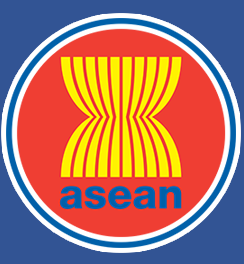ASEAN Journal on Science and Technology for Development
Abstract
Thinning of intermediate and suppressed trees has been implemented on 3- to 4-year-old bagras (E. deglupta) plantations in Surigao de! Sur, Philippines. The objective is to remove unwanted competition and to gain some form of revenue by selling the felled trees as banana props. However, the falling trees caused damage to other plantation trees. Bagras is susceptible to heart rot. A study was, therefore, conducted to determine the extent of decay in bagras due to thinning. Data showed that injured bagras developed extensive decay in the sapwood and heartwood. Six percent of the injured trees died. Retained-trees, which were already exposed to sunlight, developed an average of eight epicormic branches on the lower stems. Thinning methods must, therefore, be improved to reduce sapwood injury aud ensuing decay aud to prevent the development of unwanted epicormic branches on the commercially useful portion of the stem.
Recommended Citation
Anino, Emelio
(2023)
"Effects of thinning on the incidence of damage and severity of decay in bagras (eucalyptus deglupta blume) plantations,"
ASEAN Journal on Science and Technology for Development: Vol. 18:
No.
1, Article 9.
DOI: https://doi.org/10.29037/ajstd.199
Available at:
https://ajstd.ubd.edu.bn/journal/vol18/iss1/9

